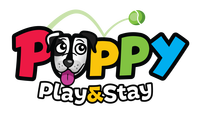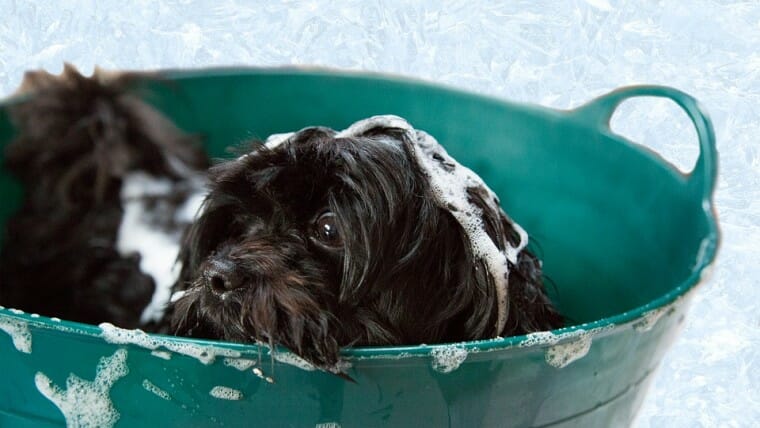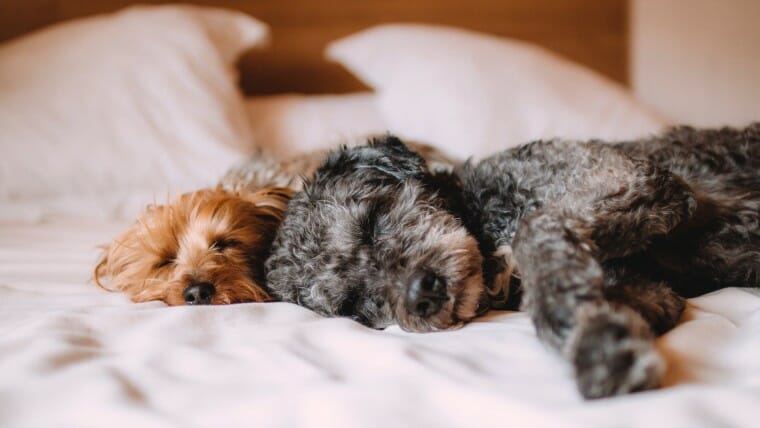Socializing a Puppy- Where to Begin?
We’ve previously covered what it means to socialize a puppy. Now, let’s give you a few pointers for your puppy socialization checklist. Socialization with humans, other dogs, and different environments should be incorporated into everyday life with a new pup! However, you may ask, “Where do we begin?”.
Socialization with Other Dogs
- Puppies should live with their “primary family pack” until they’re at least 8 weeks old, but ideally 12 to 16 weeks. Puppies generally learn a lot of their social skills from their mom and littermates.
- Sign up for puppy socialization classes! Many trainers begin taking puppies as early as 8 weeks. Group puppy training courses also include time for play, so your pup may not even realize they’re training and learning!
- Older dogs in the home- be sure to provide plenty of supervision during the adjustment period. Everyone in the home will need about a month to adjust to the new living arrangement.
- Don’t visit dog parks and dog-friendly shops or restaurants until your puppy had their initial round of vaccinations. Be sure to avoid stranger’s adult dogs while out and about. Always consult a veterinarian if you have questions about your dog’s vaccination schedule!
- Help your puppy get used to dogs who are passing by. It’s important to work in exposure time so they can learn to ignore them when a “hello” is not appropriate.
Socialization with People
- Always keep treats handy, so the new person has something to offer as part of a friendly and positive introduction.
- Have company over! This helps puppy understand it’s nothing to worry about when friends enter your “turf.”
- Go people-watching. Sit on the bench at a park, or the steps of a public place. Your puppy will need to take in people who are on the move, including joggers, walkers, parents with strollers, and kids on bikes. Be sure not to walk puppies through really crowded areas for their safety.
- Variety is important! Make sure your pup meets a wide mix of people: Men, women, children, teenagers, seniors, as well as people who use assistive devices.
- When introducing a puppy to a toddler or baby, keep these encounters closely supervised for everyone’s safety. This is especially important when puppies are in their mouthy/chewing stage!
- Introduce different types of dress. Hats, sunglasses, scarves, and other accessories that obscure people’s eyes and faces should be a part of your pup’s people-meeting routine.
Acclimating to New Environments
Every puppy is different, and responses to these aspects of your environment can vary. It’s important to introduce new environments with a lot of care. Be cautious while putting your pup in new environments where they could potentially have a negative experience, get hurt, and become fearful. If a situation becomes too much for the puppy, remove them from the situation and try again another day.
-
- Public trails
- Car rides
- Busy intersections and walkways
- Passing vehicles
- Delivery vehicles and garbage trucks
- Passing trains
- Airplanes and helicopters flying overhead
- Crossing bridges on foot
- Shorelines of rivers, lakes, and ponds
- Docks
- Automatic doors
- Elevators (avoid escalators)
- Pedestrian tunnels
- Lawn care equipment, such as lawn mowers and leaf blowers
- Snow removal equipment, from shovels to snow blowers to snowplows
- Garbage cans being brought to the road
- Kids outdoor toys
Trust the Professionals
Dogs come in all sorts of temperaments, personalities, and abilities. Always constant a professional trainer if you are having difficulty training your dog. Early intervention is key to lifelong success for you and your pup. Contact Puppy Play and Stay to set up training or get information about boarding, daycare, and grooming.


